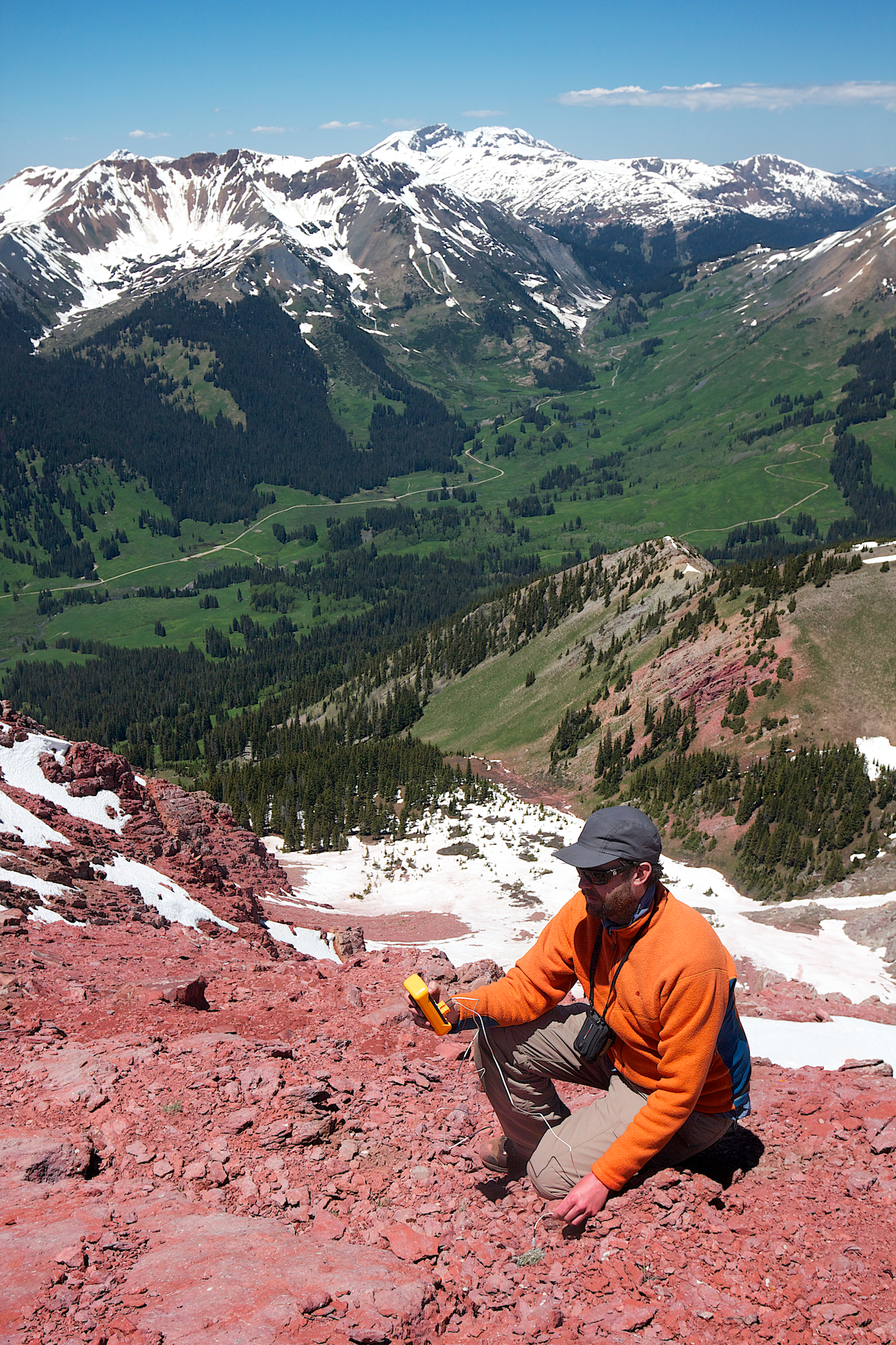Sean Michaletz and I have a new paper out in Agricultural and Forest Meteorology on the drivers of leaf temperature variation and stomatal regulation. Leaf temperature is important in constraining photosynthesis and transpiration in plants. Variation in leaf temperature is also very high and often different from air temperature, meaning that plants often have physiological rates that are not easily related to the ambient environment. However, this temperature variation is often correlated with air temperature, with some plants having Tleaf < Tair; others, Tleaf=Tair, and still others Tleaf > Tair. You can see some of our original data documenting this pattern below.
This variation effectively reflects different plant ecological strategies, or at least the effects of different types of environment – but what drives this variation? In this study we develop theory predicting the slope of the Tleaf/Tair relationship (β). We show how a range of traits and environmental variables cause it change – and also critically show that covariances between Tair and these factors can also cause it to change. That is, it matters whether warmer air temperature also means more sunlight, or whether cooler air temperature also means smaller leaves. This theory therefore identifies the processes that underlie this variation in strategy.
The other thing the study does is tackle the question of how leaf temperature affects plant water use strategies. Classically it is thought that plants maximize water use efficiency, transpiring only when rates of carbon uptake are high. However, we argue here that plants may sometimes transpire water in order to avoid lethally high leaf temperatures. There is already some empirical data for this phenomenon in the literature, but our work provides a conceptual framework for understanding when and why it might occur. Such behavior is not captured in any major ecosystem model or in any model of leaf-level stomatal regulation. We speculate it is likely to be an important phenomenon occurring especially in heatwaves and droughts.
Please give the paper a read – it took several years to focus our ideas and get it published. You can get a PDF copy or read it at the journal.






